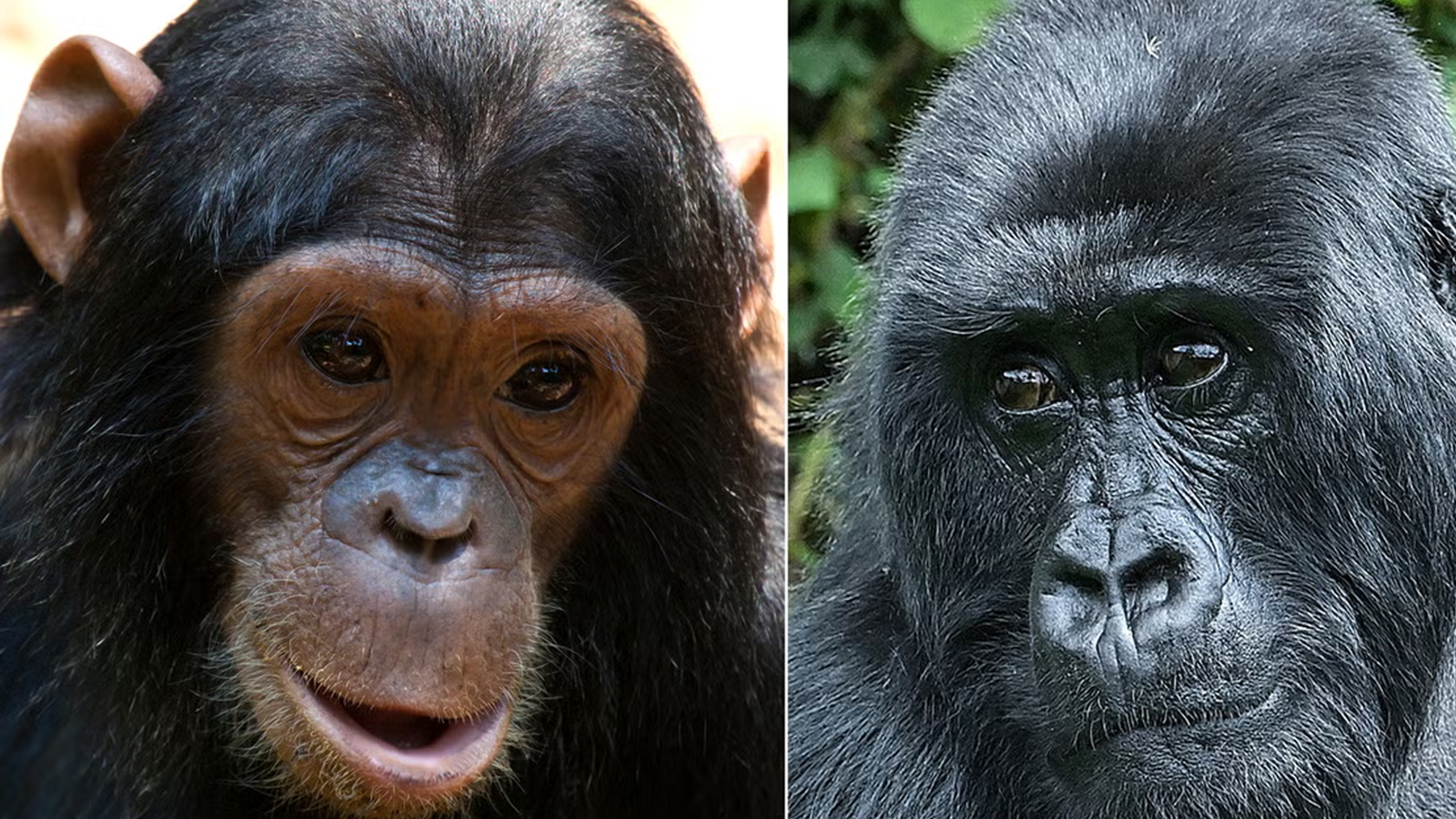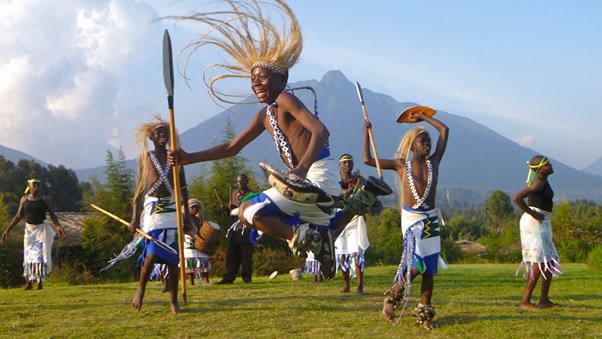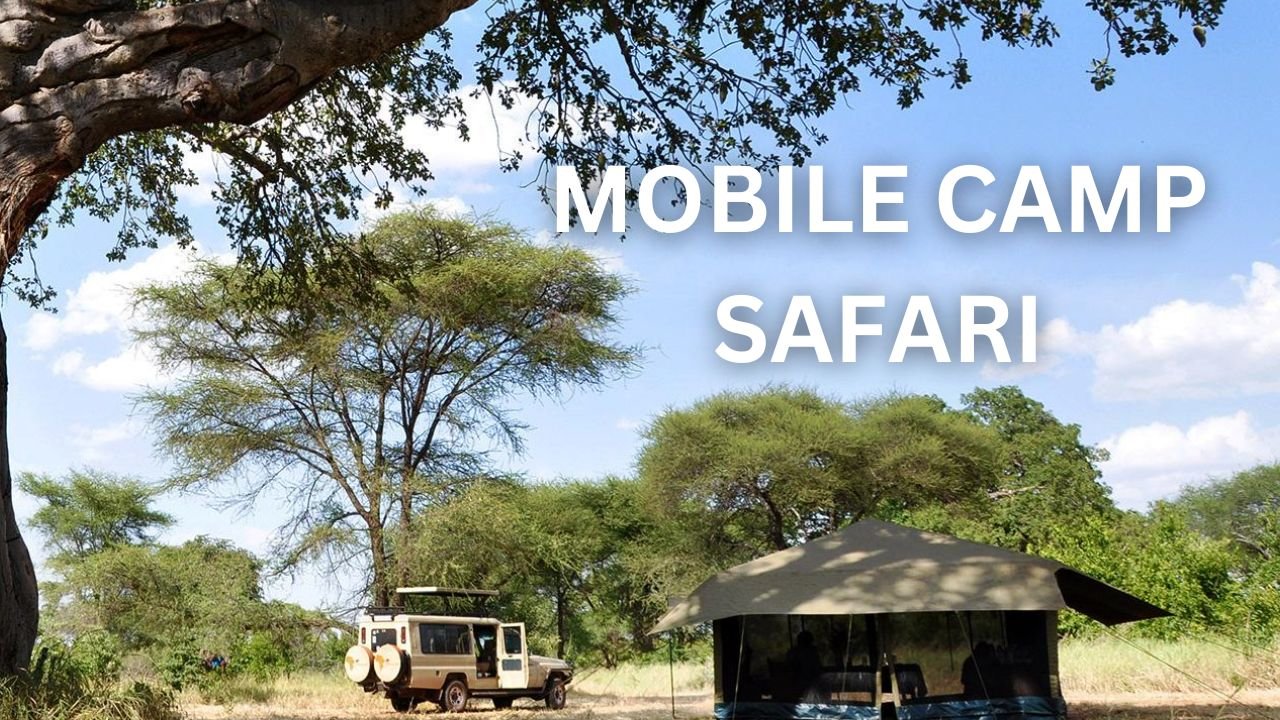
History of Akagera National Park
Akagera National Park was founded as a protected area in 1934 by the Belgian government who were the colonial masters at that time, the park was 2,500 square kilometers and known for its biodiversity, the park used to host a large population of African Wild dogs which were so abundant. The Belgian people considered the African wild dog as pets and the last of them were seen in 1984. Following the 1994 Rwanda Genocide, the park and its population of wildlife was greatly affected as refugees settled into the park since they had no other place to go, they also cut down the trees to use as timbers to build homes. The population of the wildlife decreased and some species became extinct, the government of Rwanda embarked on the introduction program through which many animals were reintroduced into Akagera National Park. Some of the animals re-introduced into the park include black rhinos from Tanzania in 1957, Masai giraffes in 1986 from Kenya, 7 lions from South Africa in July 2015.Wildlife in Akagera National Park
Akagera national park is the only savannah national park in Rwanda hosting abundant wildlife species including all the Big Five members which makes the park a perfect destination for game viewing safaris in Rwanda. Akagera national park boasts over 50 mammal species thriving in the rich habitat including swamps, savannah grasslands, woodlands, lakes and open grasslands. Along the wildlife species in Akagera there are species that are restricted to papyrus wetlands including the elusive Sitatinga together with the Vulnerable Shoe bill stork refered to as Balaeniceps rex. In the past years, the population of wildlife in Akagera had greatly reduced by due to efforts by African parks, The Rwanda Development Board and other organization, the wildlife populations have greatly increased basing on the census carried out between 2010 and 2013. Wildlife in Akagera national park include lions, leopards, African buffaloes, Burchell’s zebras, gazelles elephants, rhinos, Masai giraffes, hippos, crocodiles and over 11 species of antelopes such as defassa water bucks, oribis, elands, reedbuck, roan antelopes, topis, sitatunga, impalas and many more. Akagera National park is home to many nocturnal species such as hyenas, civets and bush babies that are spotted while on night game drives. The forest in Akagera national park is home to many primate species and the common species include olive baboons, Vervet monkeys, blue monkeys and bush babies. Predators in Akagera National Park include lions, hyenas, leopards, side striped jackal, mongoose species among others.Birds in Akagera National Park
Akagera national park is a great birding destination in Rwanda supporting over 500 bird species including a range of water dwelling birds such as the impressive papyrus gonolek, 44 species of raptor, palearctic migrants like the Gallinago media, Falco naumanni and the Glareola nordmanni recorded in the park. The Akagera National Park creates the northern top most extension of Zambezian biome species including Myrmecocichla arnotti, Lanius souzae and Cisticola angusticauda. The park is also home to one Guinea – Congo Forest biome species and 7 Afro tropical Highland biome species. Birds in Akagera National Park include Amur falcon, Beaudouin’s snake eagle, Black-crowned night heron, Blue-headed coucal, Blue-shouldered robin-chat, Blue-spotted wood dove, Booted eagle, Brown-chested lapwing, Cabanis’s bunting, Cardinal quelea, Carruthers’s cisticola, Caspian plover. Crested barbet, Denham’s bustard, Dimorphic egret, Double-toothed barbet, Eleonora’s falcon, Grasshopper buzzard, Lesser jacana, Lesser moorhen, Marsh owl, Marsh tchagra, Martial eagle, Moustached grass-warbler, Northern brown-throated weaver, Papyrus gonolek, Pennant-winged nightjar, Red-faced barbet, Red-winged francolin, Ring-necked francolin, Ross’s turaco, Ruaha chat, Rufous-bellied heron, Semi-collared flycatcher, Shelley’s francolin, Shoebill, Short-tailed pipit, Slate-coloured boubou, Slender-billed weaver, Sooty falcon, Souza’s shrike, Striped pipit, Tabora cisticola, Western reef heron, White-winged swamp warbler, Yellow-bellied eremomela and Yellow-throated leaf-love among others.Water bodies in Akagera National Park
Akagera National Park hosts a range of swamp fringing lakes and supports a range of aquatic thriving fauna and the most extensive protected wetland system in Central Africa. The range of lakes in the park include Lake Ihema – the second largest lake in Rwanda, Lake Shakani which is known for its countless fish, Lake Gishanju, Lake Rwanyakizinga and Lake Mihindi. These water bodies in Akagera National Park support several aquatic species such as large concentrations of hippos, Nile crocodiles and various species of fish. Akagera national park is traversed by River Akagera which flows along its eastern boundary before penetrating Tanzania and Uganda and emptying in Lake Victoria the largest lake by area on the African continent and the second – largest fresh water by surface area coming second to Lake Superior in North America.How to get to Akagera National Park
Akagera national park can be accessed by travelers by road and air, international travelers use Kigali International Airport which is the main entry point to Rwanda and is 3 hours’ drive to Akagera National Park. From Rwamagana or Kibungo, it is one hour’s drive to Akagera National park, the road from the main road to the park’s entrance is dusty however it is navigable by cars even during the dry season. This road is 27 kilometers, to get to Akagera national park by road. You need to use a 4×4 wheel vehicle. There are also domestic flights from Kigali to Akagera national park, these flights are organized by Akagera Aviation.Where to stay in Akagera National Park
Akagera National Park has a limited accommodation options with some being seasonal lodges, some of the accommodations are situated both inside and outside the park. Accommodations in Akagera are categorized as luxury, midrange and budget and they include- Akagera Game Lodge
- Ruzizi Tented Lodge
- Karenge Bush Camp
- Akagera Rhino Lodge
- 3 Campsites


